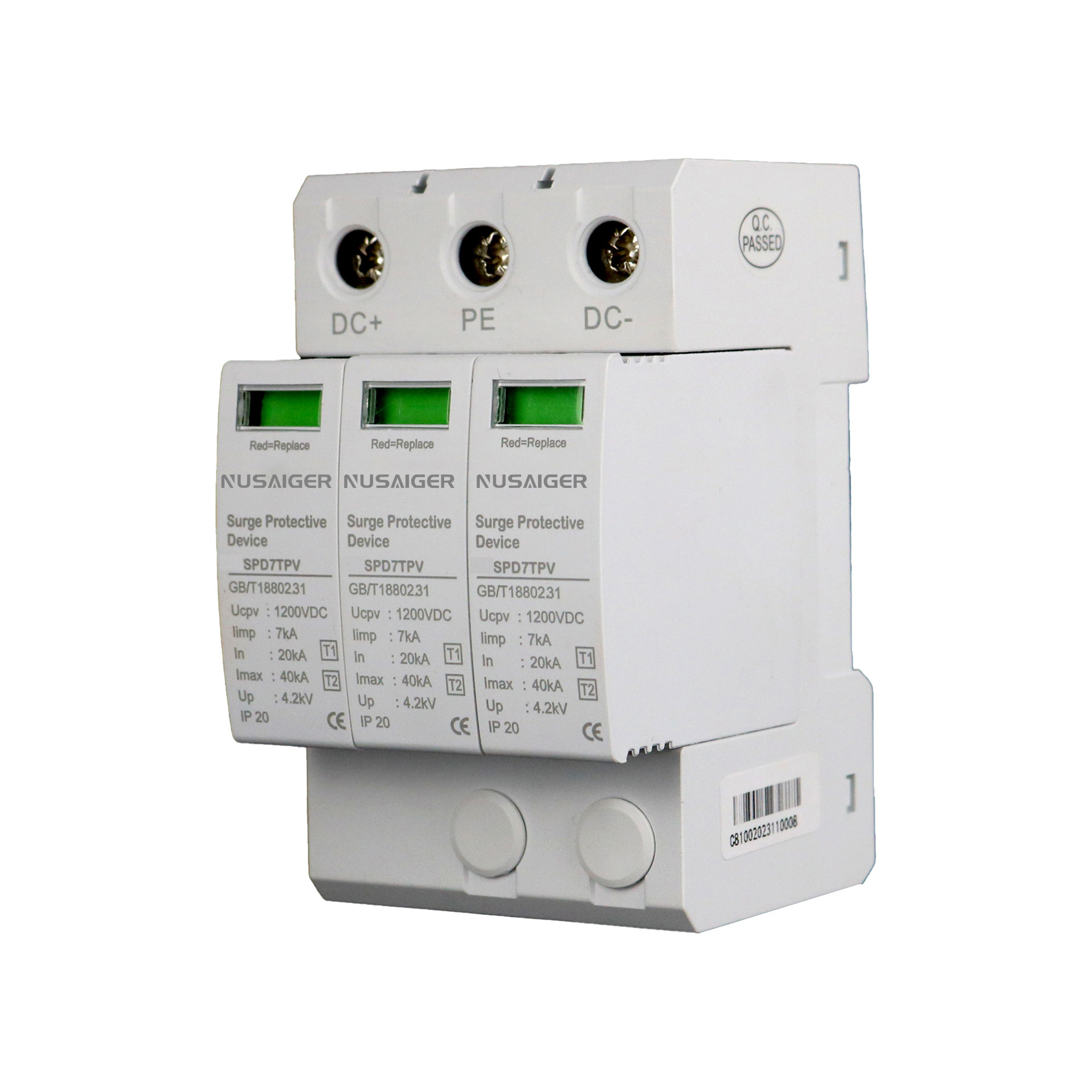Types of Surge Protective Devices and Their Applications
Surge Protective Devices (SPDs) are categorized into different types based on their installation point in the electrical system and the level of protection they provide. Choosing the correct type is crucial for effective surge mitigation.
Type 1 SPDs
These are installed at the service entrance. They are designed to handle high-energy surges, including direct lightning strikes. Type 1 SPDs are ideal for industrial facilities and buildings in lightning-prone areas.
Type 2 SPDs
Installed on the load side of the main service panel, Type 2 devices protect against residual lightning energy and internal surges caused by switching operations. They are most commonly used in residential and commercial applications.
Type 3 SPDs
These are point-of-use surge protectors installed close to sensitive electronics like computers, televisions, or servers. They are not sufficient as standalone protection but work well in coordination with Type 1 or 2 SPDs.
Choosing the Right Combination
For full-spectrum protection, it’s advisable to install a combination of all three types. A layered approach ensures that surges are intercepted at multiple points, reducing the likelihood of damage to end-user devices.
Conclusion
Understanding the different SPD types empowers users to implement comprehensive surge protection. Whether you’re protecting a home office or a large factory, selecting the right combination of SPDs is critical to system safety and performance.



